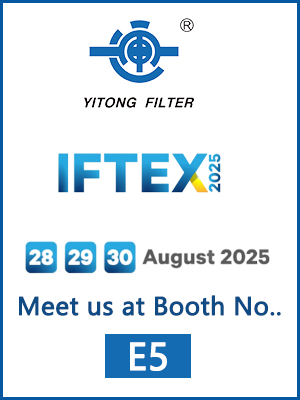 March 20, 2024
March 20, 2024
When it comes to HVAC (Heating, Ventilation, and Air Conditioning) systems, ensuring proper filtration is paramount for maintaining indoor air quality and system efficiency. However, the question often arises: How many filters should an HVAC system have? In this comprehensive article, we explore the factors that influence the number of filters needed in an HVAC system, the types of filters available, and best practices for optimal filtration.
Factors Influencing the Number of Filters:
System Size and Configuration: The size and configuration of the HVAC system influence the number of filters required. Larger systems or those with multiple air handlers may necessitate more filters to adequately filter the incoming air.
Air Quality Requirements: The desired level of indoor air quality also plays a significant role in determining the number of filters needed. In environments where air quality is a top priority, such as hospitals or clean rooms, multiple filters may be installed to achieve higher filtration efficiency.
Occupant Sensitivities: Consideration should be given to the sensitivities of the building occupants. Individuals with allergies or respiratory conditions may benefit from additional filtration to remove allergens and airborne particles.
Environmental Factors: External factors such as pollution levels, pollen count, and proximity to industrial areas can impact indoor air quality and influence the number of filters required to maintain clean air.
Types of HVAC System Filters:
Before determining the number of filters needed, it's essential to understand the types of filters available:
Primary Filters: These filters, often referred to as pre-filters, are designed to capture larger particles such as dust, dirt, and hair before they reach the main filtration system. Primary filters help prolong the lifespan of the more advanced filters downstream.
Secondary Filters: Secondary filters, including pleated filters and HEPA filters, provide higher levels of filtration by capturing smaller particles, allergens, and microorganisms. These filters are typically installed after primary filters to further enhance air quality.
Best Practices for Filter Installation:
Based on the aforementioned factors, here are some best practices for determining the number of filters in an HVAC system:
Consultation with HVAC Professionals: Engage with HVAC professionals to assess the specific requirements of your system and environment. They can provide valuable insights into the optimal filtration setup based on factors such as system size, air quality goals, and occupant sensitivities.
Consideration of System Components: Evaluate the layout and components of your HVAC system to identify suitable locations for filter installation. Ensure that filters are strategically placed to maximize air flow and filtration efficiency.
Regular Maintenance and Monitoring: Regardless of the number of filters installed, regular maintenance is crucial for ensuring optimal performance. Schedule routine filter replacements or cleanings according to manufacturer recommendations to prevent clogging and maintain air quality.
Conclusion:
In conclusion, the ideal number of filters for an HVAC system depends on various factors, including system size, air quality requirements, occupant sensitivities, and environmental factors. By understanding these considerations and consulting with HVAC professionals, building owners and facility managers can implement an effective filtration strategy to promote clean indoor air and optimize system performance. Prioritizing regular maintenance and monitoring ensures that the filters continue to operate efficiently, contributing to a healthier and more comfortable indoor environment.
We can custom-design various types of air filters for HVAC system. Contact by Email at info@yitong-filter.com our filter experts at any time!

